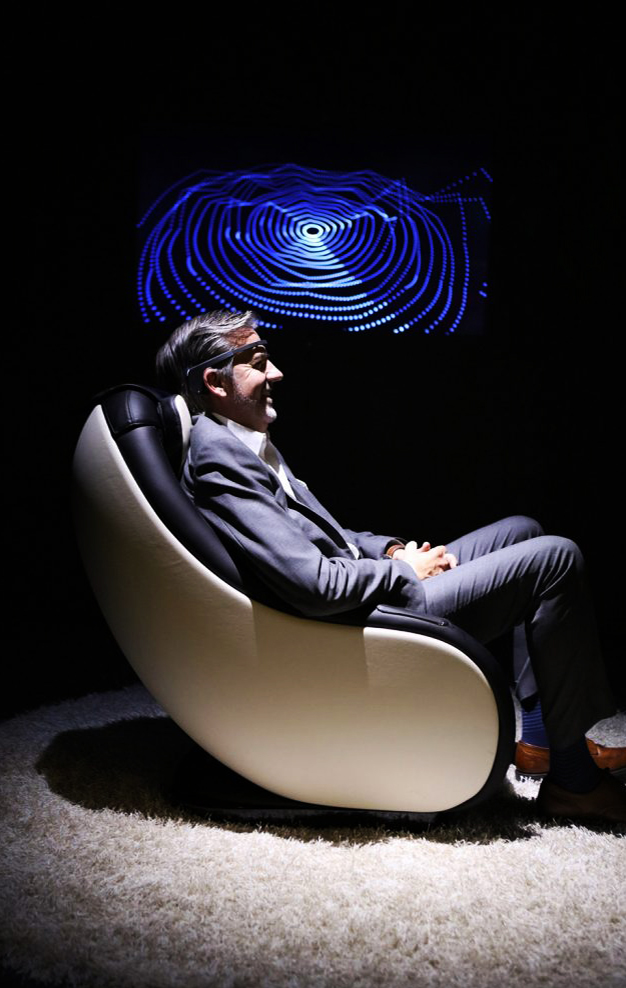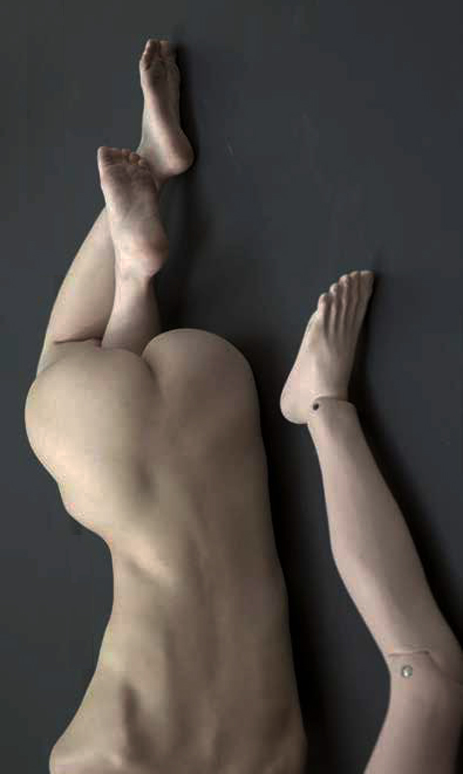Desiring Machine: and/or the female reincarnation of Sisyphus
Née en Argentine, Paula Gaetano Adi est artiste et chercheure dans les domaines de la sculpture, de la performance, et des installations interactives et robotiques. Elle utilise le corps humain et non humain comme point de départ de ses recherches, et s’intéresse aux effets discursifs et aux impacts affectifs des technosciences sur la subjectivité humaine et dans l’art. Ses œuvres ont été présentées sur la scène internationale à Beijing, Berlin, Madrid, Moscou, Stockholm, São Paulo, New York, Poznan et Buenos Aires, entre autres. Elle a reçu de nombreux prix et bourses, tels que le premier prix à la compétition VIDA 9.0 sur l’art et la vie artificielle, organisée par la Fundación Telefónica, et le premier prix LIMbØ du Musée d’art moderne de Buenos Aires, la bourse Fergus Memorial en 2009 et 2010 de même que la bourse accordée à un artiste ibéro-américain dans le cadre de la compétition VIDA 14.0. À l’heure actuelle, Paula Gaetano Adi est professeure adjointe dans le programme de Studio Art du College of Visual Arts and Design de l’Université de North Texas, où elle coordonne le secteur réservé aux nouveaux médias. À cette université, elle s’est également jointe au groupe Initiative for Advanced Research in Technology and the Arts (iARTA).















